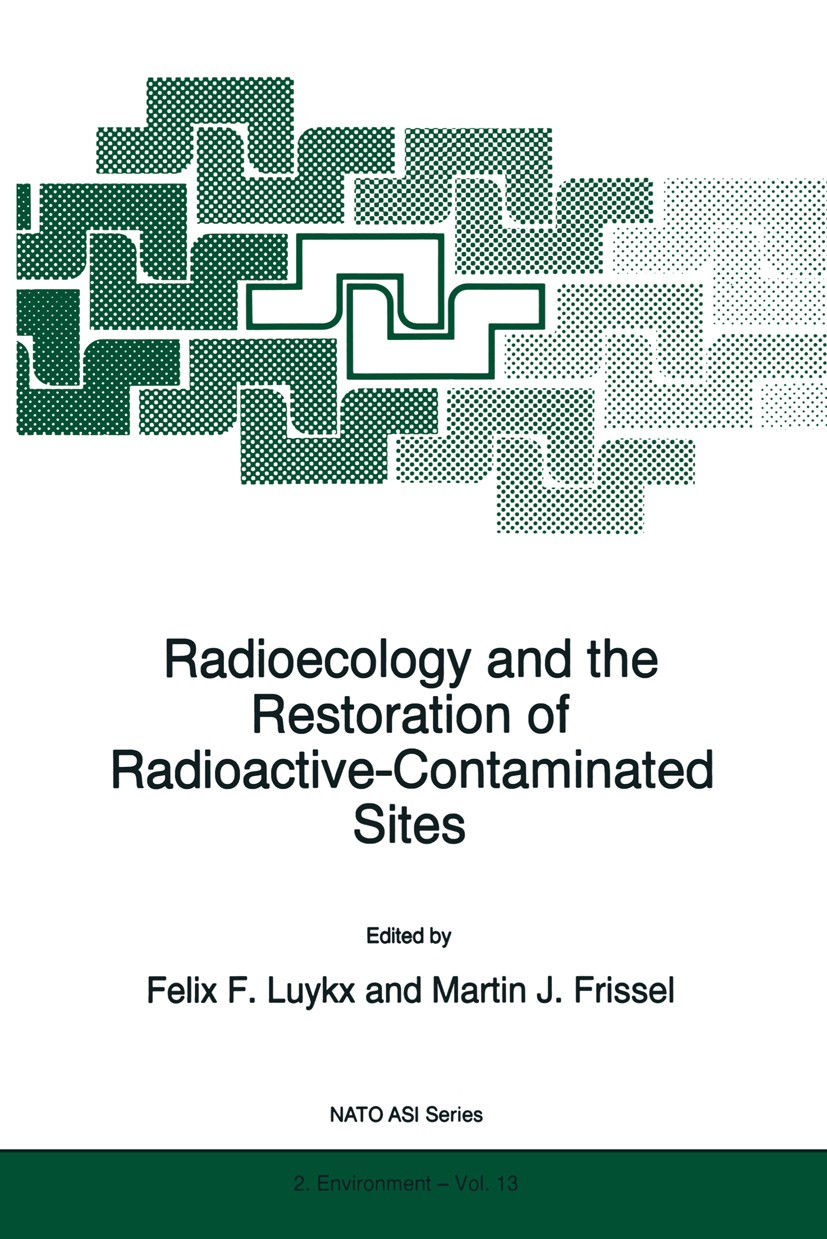| 書目名稱 | Radioecology and the Restoration of Radioactive-Contaminated Sites |
| 編輯 | Felix F. Luykx,Martin J. Frissel |
| 視頻video | http://file.papertrans.cn/821/820714/820714.mp4 |
| 叢書名稱 | NATO Science Partnership Subseries: 2 |
| 圖書封面 |  |
| 描述 | Most of the nuclear facilities built since the Second World Warhave ceased active operation and have been decommissioned. Some of thesites are heavily contaminated with radioactive substances. Correctand efficient action to mitigate the radiological consequences of suchcontamination will only be possible when the behaviour ofradionuclides in the terrestrial environment is sufficiently wellknown. Yet radioecologists often find it difficult to study thetransfer of radioactivity in agricultural land and semi-naturalecosystems, because of the complexity and diversity of suchenvironments. The present book presents an analysis of all the factorsthat affect the behaviour of radionuclides as they move from theirpoint of release through the environment and then enter the tissues ofbiota living in the ecosystems, in particular plants and animalsconsumed by humans. .The course on which the book is based was held in a region that isheavily contaminated by radioactive discharges into the environmentduring nuclear weapons fabrication in the 1950s and ‘60s, and due to asevere accidental release following the explosion of a rad-waste tankin 1957. This allowed .in situ. training of the students. .T |
| 出版日期 | Book 1996 |
| 關(guān)鍵詞 | Chernobyl; ecology; ecosystem; ecosystems; environment; environmental contamination; natural ecosystems; po |
| 版次 | 1 |
| doi | https://doi.org/10.1007/978-94-009-0301-2 |
| isbn_softcover | 978-94-010-6620-4 |
| isbn_ebook | 978-94-009-0301-2Series ISSN 1389-1839 |
| issn_series | 1389-1839 |
| copyright | Kluwer Academic Publishers 1996 |
 |Archiver|手機(jī)版|小黑屋|
派博傳思國際
( 京公網(wǎng)安備110108008328)
GMT+8, 2025-10-7 17:04
|Archiver|手機(jī)版|小黑屋|
派博傳思國際
( 京公網(wǎng)安備110108008328)
GMT+8, 2025-10-7 17:04


